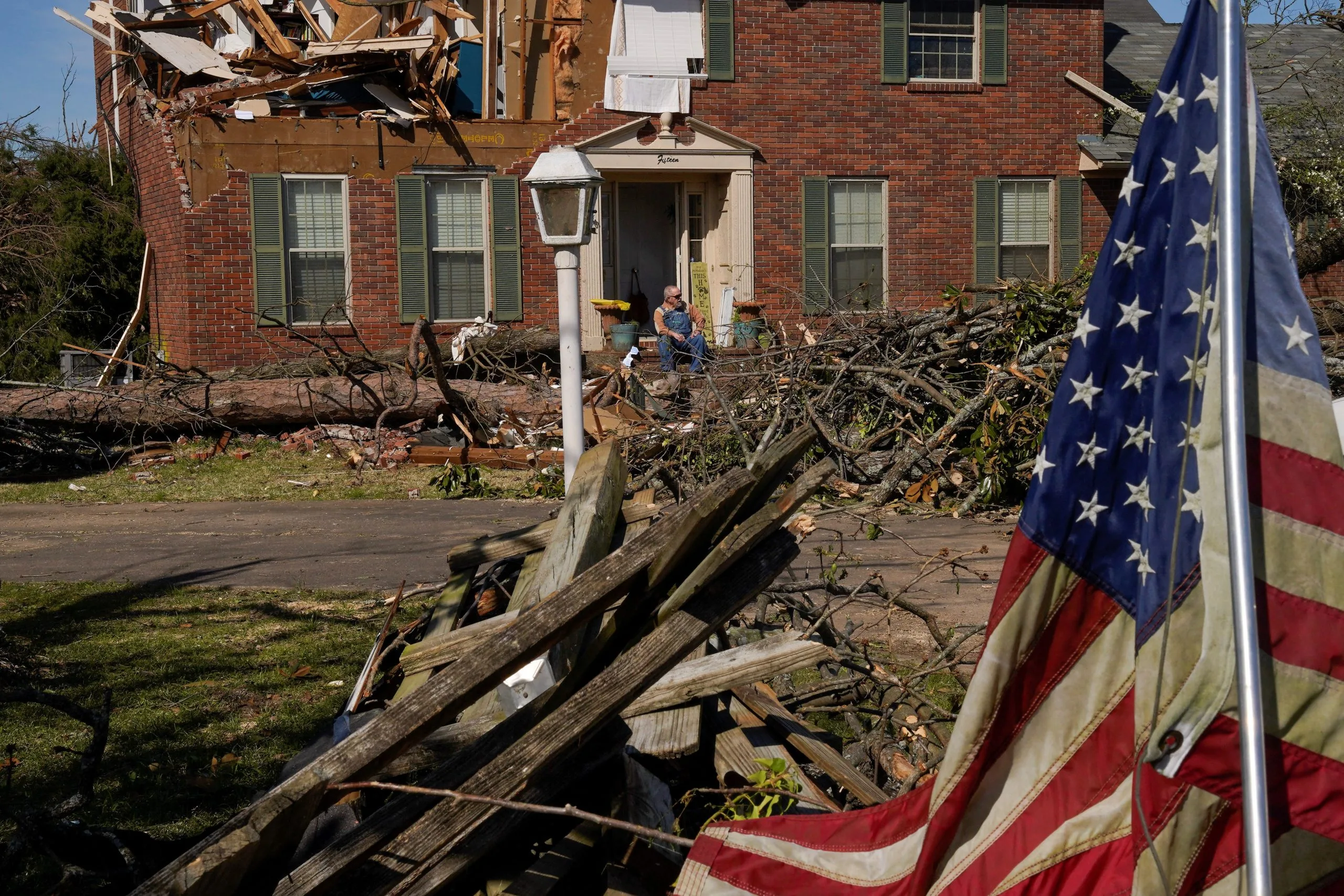Recent violent storms have swept across the United States, leaving a trail of destruction in their wake. These powerful weather events have tragically claimed the lives of at least 32 people and caused widespread damage to homes, infrastructure, and communities. The affected regions, causes and contributing factors, emergency response and relief efforts, as well as preventative measures and future preparedness strategies.
The Devastating Impact
The storms have had a devastating impact on affected communities, with numerous reports of casualties, injuries, and extensive property damage. In addition to the tragic loss of life, the storms have disrupted transportation networks, power supplies, and communication systems. The economic impact of these storms is expected to be significant, as affected areas struggle to recover and rebuild in the coming weeks and months.
Affected Regions
The violent storms have affected several regions across the United States, with some areas experiencing more severe impacts than others. The hardest-hit states include:
- Alabama
- Georgia
- Mississippi
- Tennessee
- Kentucky
These states have seen the most extensive damage and highest number of casualties, as powerful winds, heavy rain, and tornadoes wreaked havoc on communities and infrastructure.
Causes and Contributing Factors
Several factors have contributed to the severity of these storms, including:
- Unusually warm and moist air: An influx of warm, moist air from the Gulf of Mexico has created an unstable atmosphere, fueling the development of severe thunderstorms and tornadoes.
- High wind shear: The presence of strong wind shear, or changes in wind speed and direction with height, has further intensified the storms and increased the likelihood of tornado formation.
- La Niña conditions: The ongoing La Niña weather pattern has influenced the position of the jet stream, increasing the potential for severe weather events across the affected regions.
These factors combined have resulted in an exceptionally potent and dangerous storm system.
Emergency Response and Relief Efforts
In response to the devastation caused by these violent storms, local, state, and federal agencies have mobilized to provide assistance and resources to affected communities. Key efforts include:
- Search and rescue operations: Emergency responders have been working tirelessly to locate and rescue individuals trapped in damaged buildings or stranded by floodwaters.
- Medical support: Hospitals and medical facilities have ramped up their capacity to treat injured individuals, with additional support provided by neighboring states and the federal government.
- Power restoration: Utility crews are working around the clock to restore power to affected areas, with priority given to critical infrastructure such as hospitals, emergency services, and water treatment facilities.
- Temporary shelters: Local governments and relief organizations have established temporary shelters for displaced residents, providing food, water, and essential supplies.
- Financial assistance: Federal and state agencies are offering financial assistance programs to help individuals and businesses recover from the storm damage, including low-interest loans and grants.
Preventative Measures and Future Preparedness
In the aftermath of these destructive storms, it is crucial to evaluate and implement strategies for reducing the potential impact of future weather events. Some key preventative measures and preparedness initiatives include:
- Early warning systems: Enhancing the accuracy and effectiveness of early warning systems, such as tornado sirens and weather alerts, can help communities better prepare for and respond to severe weather events.
- Building codes and standards: Strengthening building codes and standards to ensure structures are more resilient to high winds, heavy rain, and flooding can reduce property damage and protect lives.
- Public education and awareness: Increasing public understanding of the risks associated with severe weather events and promoting preparedness measures, such as the creation of family emergency plans and the stocking of emergency supplies, can improve community resilience.
- Infrastructure improvements: Investing in infrastructure improvements, such as upgraded stormwater management systems and more robust power grids, can minimize the disruption caused by severe weather events.
Conclusion
The recent violent storms that have swept across the United States serve as a stark reminder of the devastating impact that severe weather events can have on communities and individuals. By examining the affected regions, causes, and contributing factors, as well as the emergency response and relief efforts, we can learn valuable lessons and identify strategies for improving preparedness and resilience in the face of future storms. Through a combination of enhanced early warning systems, stronger building codes and standards, increased public education and awareness, and targeted infrastructure improvements, we can work together to mitigate the effects of these powerful weather events and protect the lives and livelihoods of those at risk.
